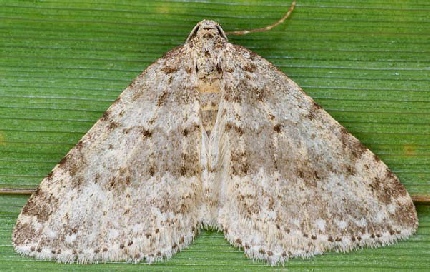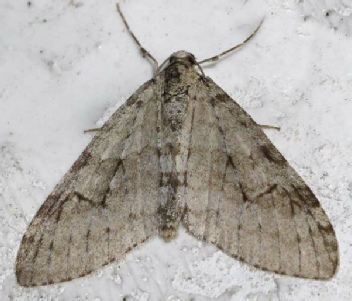Search the site for a moth name or other keyword
Small Seraphim

Small Seraphim has a clear white cross-
Small Seraphim can usually be distinguished by the white toothed cross-
(Continuous and brighter than chevrons of Mottled Grey)
Seraphim is not as strongly marked as Small Seraphim
Seraphim
It usually has more definite cross-
Early Tooth-
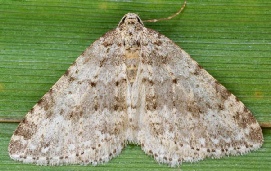
Unlike others in this group, an un-
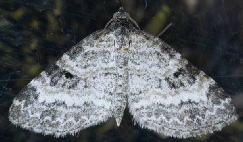
Sharp-
4. Peacock and Sharp-
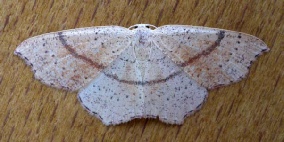
Seraphim and Small Seraphim are similar to Mottled Grey and Early Tooth-
They are also generally
smaller -
3. Mottled Grey, Early Tooth-
Mottled Grey and Early Tooth-

Other confusing geometers

Some other common geometers which are easy to confuse
1. Maiden’s Blush, Blood-
2. Treble Bar and Lesser Treble Bar
3. Mottled Grey, Early Tooth-
4. Peacock and Sharp-
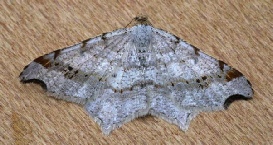
Peacock Moth Sharp angled Peacock
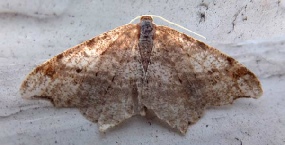
The curved mark at the edge of the forewing near the tip is thin and only slightly
curved -

The curved mark at the edge of the forewing near the tip is thick and dark and more
curved -
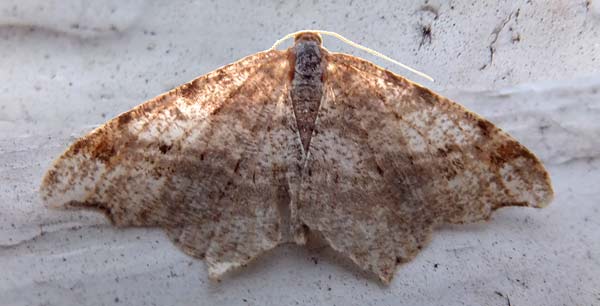



Treble Bar Lesser Treble Bar

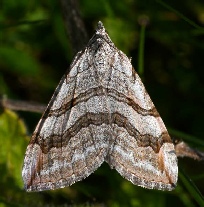
The cross-
The cross-
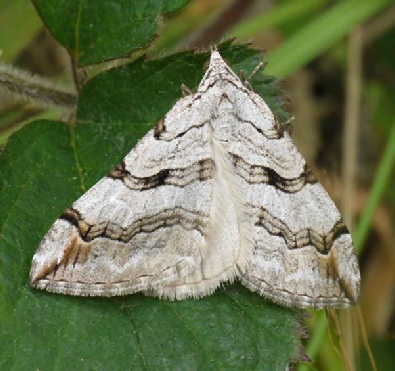

Blood-
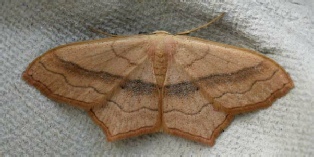
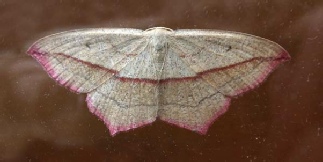
Main cross-
Flight period May-

Main cross-
Cross-
Flight period May-
Clay Triple lines

Main cross-
Main cross-
The Clay Triple lines shown is of the first generation -
Check also Blair’s Mocha -
Tip of the forewing more hooked than in Small Blood-

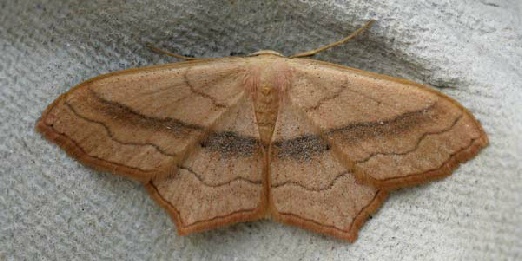
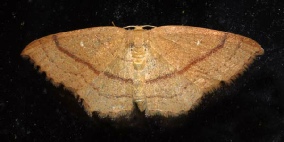
Cross-
Maiden’s Blush
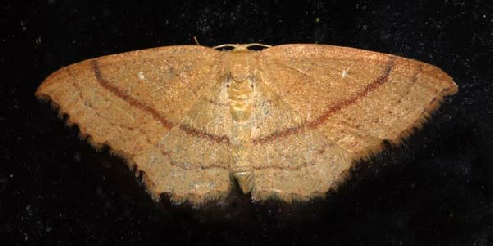
The other two cross-
The forewing is unevenly flushed with pink
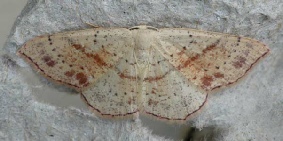
Some Maiden’s Blush moths have large blotches near the outer edge of the wing

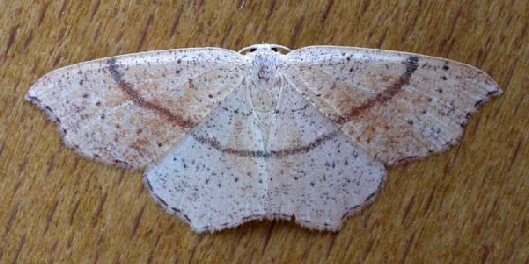
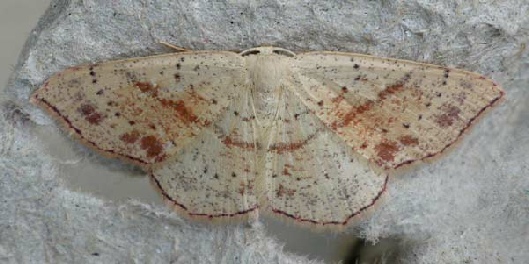
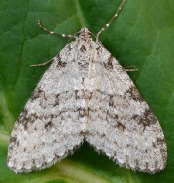
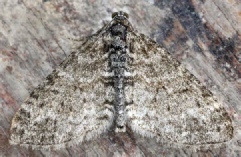
1. Maiden’s Blush, Blood-
2. Treble Bar and Lesser Treble Bar
Both species are found in a wide range of habitats
over a long period during the summer.
Mottled Grey
Wing length about 15mm
Mottled Grey is triangular in shape
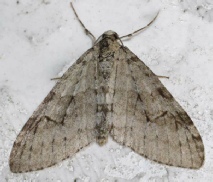
Mottled Grey has a cross-
Early Tooth-
Early Tooth-
The
forewings are more tapered than the others in this group with the outside edge curving
up to the body .
